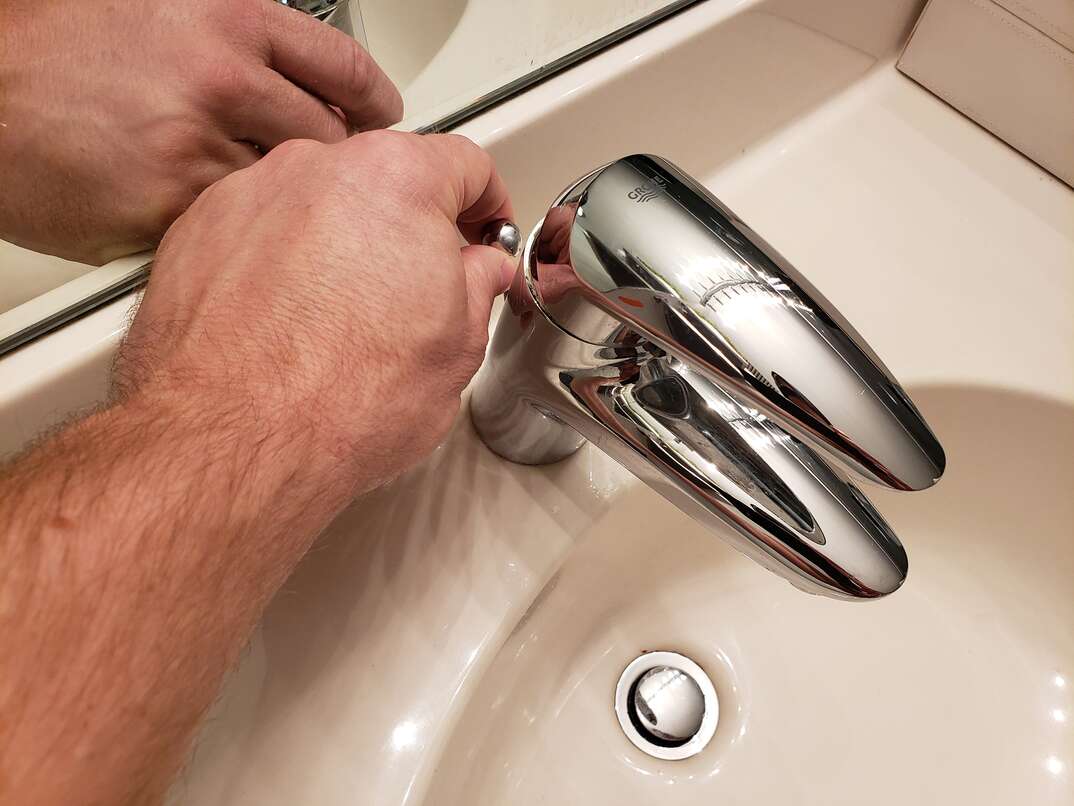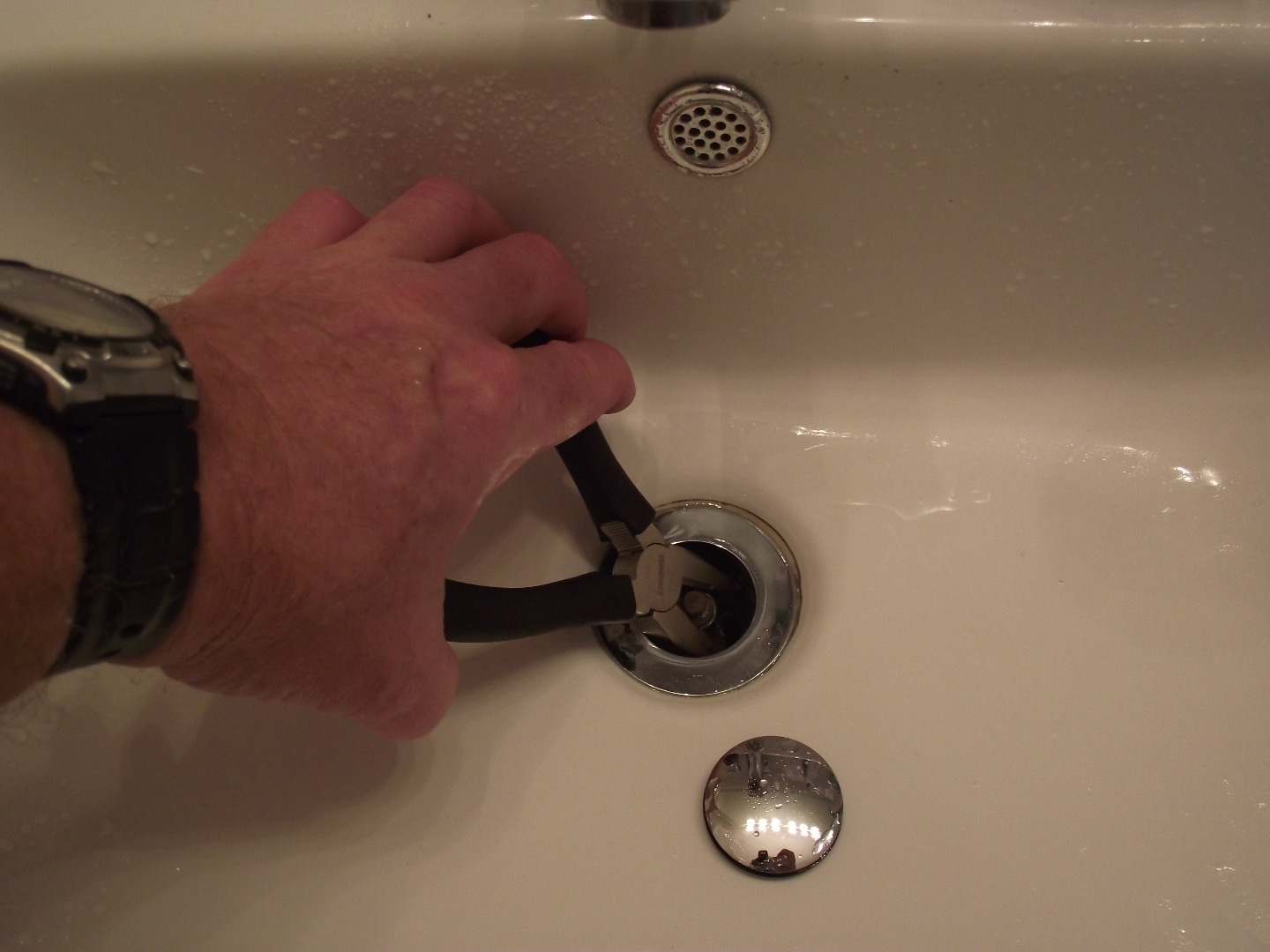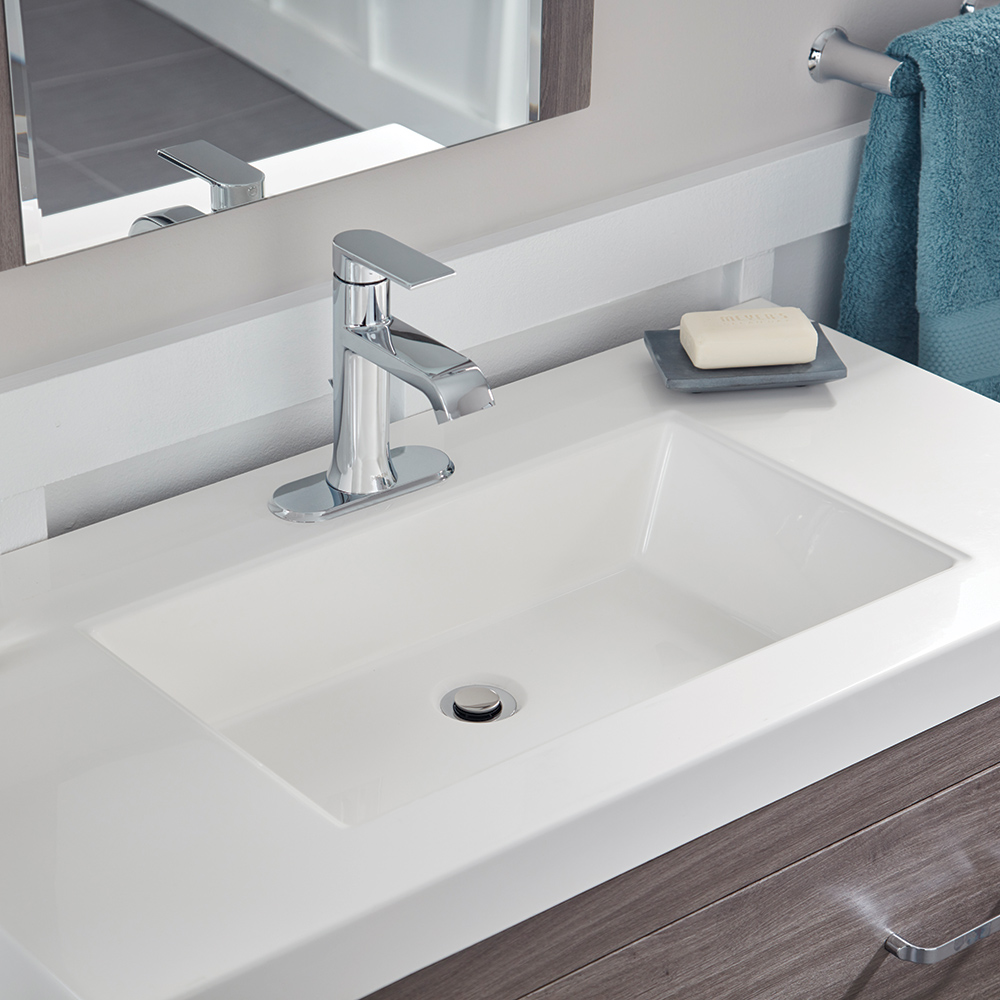Introduction: The Plunge into Plumbing Basics
Dealing with a stubborn sink plug might seem like a minor inconvenience, but it can quickly turn into a source of frustration, especially when you’re in a hurry or need the sink for your daily chores. Removing a sink plug isn’t rocket science, but it does require a bit of know-how to tackle the issue without causing unnecessary damage to your plumbing fixtures. This comprehensive guide will walk you through the process step by step, equipping you with the knowledge and confidence to deal with sink plug removal swiftly and efficiently. From understanding the different types of sink plugs to troubleshooting common issues, we’ve got you covered.

Understanding Sink Plugs: Varieties and Mechanisms
Before diving into the removal process, it’s crucial to understand the different types of sink plugs you may encounter. Generally, sink plugs fall into three broad categories: pop-up plugs, twist-and-pull plugs, and push-down plugs. Pop-up plugs are commonly found in bathroom sinks and are connected to a lever or knob that controls their opening and closing. Twist-and-pull plugs usually have a visible crossbar or handle that requires turning to release the seal. Push-down plugs, on the other hand, operate via a simple spring mechanism and are pressed to close and released to open. Identifying the type of plug you have is the first step towards successful removal.
The Gentle Approach: Non-Invasive Methods
When faced with a stuck sink plug, the initial strategy should always involve gentle, non-destructive methods. Begin by filling the sink partially with warm water. Sometimes, accumulated dirt or soap scum can cause the plug to stick; the warmth and pressure from the water can help loosen it up. Next, using a pair of rubber gloves for grip, attempt to rotate or lift the plug as appropriate for its type. Apply steady, even pressure and avoid jerky movements that could worsen the jam. If the plug is a pop-up type, locate the control lever beneath the sink and gently manipulate it back and forth to see if this frees the plug.

Tools of the Trade: Basic Equipment for Plug Removal
For more stubborn plugs, having the right tools at hand can make all the difference. A pair of pliers, an adjustable wrench, and a flathead screwdriver are your basic arsenal. If the plug has visible screws securing it in place, use the screwdriver to loosen and remove them. For twist-and-pull plugs with a stuck crossbar, try gripping it with pliers wrapped in a cloth (to avoid scratches) and rotate gently. If there’s no obvious means of mechanical leverage, an adjustable wrench can help grip the base of the plug stem, providing the necessary torque to loosen it without damaging the sink’s finish.
Dismantling the Drain: Deeper Intervention
Should the above methods prove ineffective, it may be necessary to dismantle the drain assembly slightly. Start by placing a bucket under the sink to catch any water or debris. Using the appropriate wrench, carefully loosen the nut securing the drain pipe to the sink strainer. Be cautious not to damage the gasket or threads during this process. Once the pipe is loose, you might find better access to the plug mechanism or discover the source of the obstruction. Exercise patience and delicacy to avoid exacerbating the problem or causing leaks in your plumbing system.

Chemical Assistance: Caution and Considerations
While not the primary recommendation due to potential hazards and environmental concerns, commercial drain cleaners can sometimes assist in freeing a stubborn plug. Before resorting to chemicals, ensure the product is safe for your sink material and won’t harm your plumbing. Always read the instructions thoroughly, wear protective gear, and ventilate the area well. Remember, chemical solutions are best used as a last resort and under careful supervision, as they can be corrosive and damaging if misused.
Preventive Measures: Maintenance Tips to Avoid Future Hassles
Once you’ve successfully removed the sink plug, take the opportunity to clean the drain and plug thoroughly. Regular maintenance can significantly reduce the likelihood of future blockages. Use a mixture of hot water and mild detergent to clean the plug and the drain assembly. Consider installing a hair catcher over the drain to prevent build-up, and periodically pour boiling water down the drain to clear any grease or soap residue. Regular checks on the drain plug mechanism and prompt addressing of any signs of sticking can save you from more significant headaches down the line.

Professional Help: Knowing When to Call in Reinforcements
While most sink plug issues can be resolved with DIY approaches, there are instances where professional assistance is advisable. If you’ve exhausted all the above methods without success, or if you suspect a more complex plumbing issue underlying the plug problem, it’s time to call a plumber. Attempting overly aggressive repairs yourself can lead to more significant damage to your sink or plumbing system, which can prove more costly in the long run. Professional plumbers have specialized tools and expertise to diagnose and fix the problem promptly and safely.
Understanding Costs: Budgeting for Plumbing Services
Before reaching out to a plumber, it’s wise to have a basic understanding of potential costs associated with their services. Plumbers typically charge a service fee just for coming out, on top of labor and material costs. The total expense can vary widely depending on the severity of the issue and your location. Complex jobs that require replacement parts or significant repairs will naturally incur higher costs. It’s advisable to get an estimate upfront, and clarify if there are any additional fees or charges that could apply.

Emergency vs. Scheduled Service:
When your sink plug issue turns into an urgent matter, such as a complete blockage or flooding, you might need to call for emergency plumbing services. Keep in mind that emergency calls usually come with a premium rate due to the immediacy of the response required. If the situation isn’t dire, scheduling the service during regular business hours can save you money.
Conclusion: Embrace the Challenge, Master the Solution
Removing a stuck sink plug might seem like a trivial task, but it can be a practical lesson in home maintenance and problem-solving. By understanding the different types of sink plugs, employing the right techniques and tools, and practicing preventive maintenance, you can transform a frustrating situation into an empowering experience. Remember, patience and the right approach are key when dealing with household plumbing issues. Should you ever find yourself staring down a stubborn sink plug again, you’ll now be equipped with the knowledge and confidence to handle it with ease.


